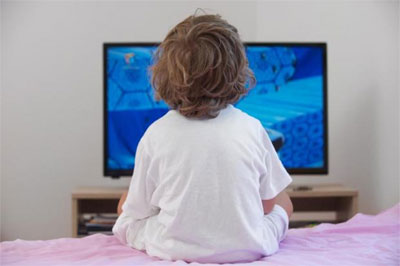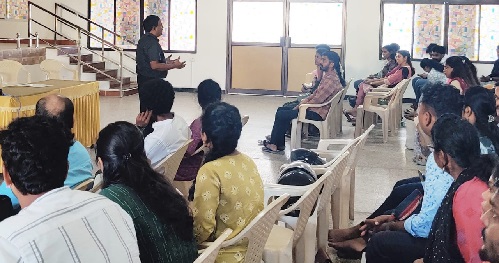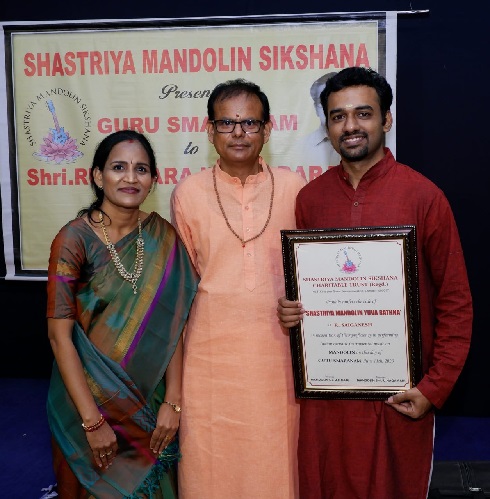Kids who watch TV for extensive periods are prone to osteoporosis as they grow older, says study
Posted on: 20/Jul/2016 10:12:01 AM

A new study has said that kids who watch a lot of television may build less bone during critical years, and be more vulnerable to osteoporosis and bone breaks later in life as a result. The study was published in the Journal of Bone and Mineral Research, was conducted by researchers at the Curtin University in Perth, Australia.
Say experts, Children and teens followed until age 20 - when bone mass is peaking - had lower bone mass at that age the more hours they had spent watching TV in childhood. What we need to make clear is that it’s not necessarily the act of watching TV that is driving the link between TV and health outcomes, but the act of sitting for long periods. The first set of data collected on TV viewing in the current study was collected 15 years ago, and since then more and more young people have started watching TV on demand, using iPads, smart phones and apps.
Parents of more than a thousand kids in Australia reported how much TV each of the children watched per week. The children were aged 5, 8, 10, 14, 17 and 20. The older kids started to self report their own TV watching habits.
The kids were sorted into three groups, based on their TV watching patterns. About 20 percent watched less than 14 hours of TV per week as children and teens and were considered consistent low-level watchers, more than 40 percent watched 14 or more hours per week as children and teens and were consistent high-level watchers, and 35 percent increased from low to high levels of TV watching per week over the years. At age 20 the participants had X-ray scans to assess bone mineral content. Height, body mass, physical activity, calcium intake, vitamin D levels, alcohol, and smoking were accounted for at age 20.
Experts say, Immobilisation for prolonged period of time is detrimental to bone health. Sitting watching television does two things, it takes away from being active, therefore we do not get the benefit of physical activity and second it immobilises us for prolonged period of time which we know from bed rest studies triggers physiological response that change the balance in our body chemistry that keeps our bone strong. Several studies have shown over the years that there is a relationship between the time we spend sitting and bone health.
Poor bone health ultimately can lead to osteoporosis, which is brittle bone disease, which affects over 200 million women worldwide. You can imagine that a fall on a brittle hip is more likely to result in fracture. Our bodies reach peak bone density around age 22, after which time bone density decreases over time, though we can slow the decrease by maintaining an active and healthy lifestyle. Impact sports, not contact, are the most beneficial for bone health. It is often very difficult to make parents and doctors aware of the very long term health implications of sitting, at a screen or other sitting occasions such as school time, work time, travel etc., for long periods, as in today’s society we are very interested in the immediate responses to our actions and not what will happen 20 years down the line. There are practical ways to break up periods of seated screen time, like getting up during ads or while working on a computer getting up to answer the phone instead of emailing a colleague or friend.







